Languages:
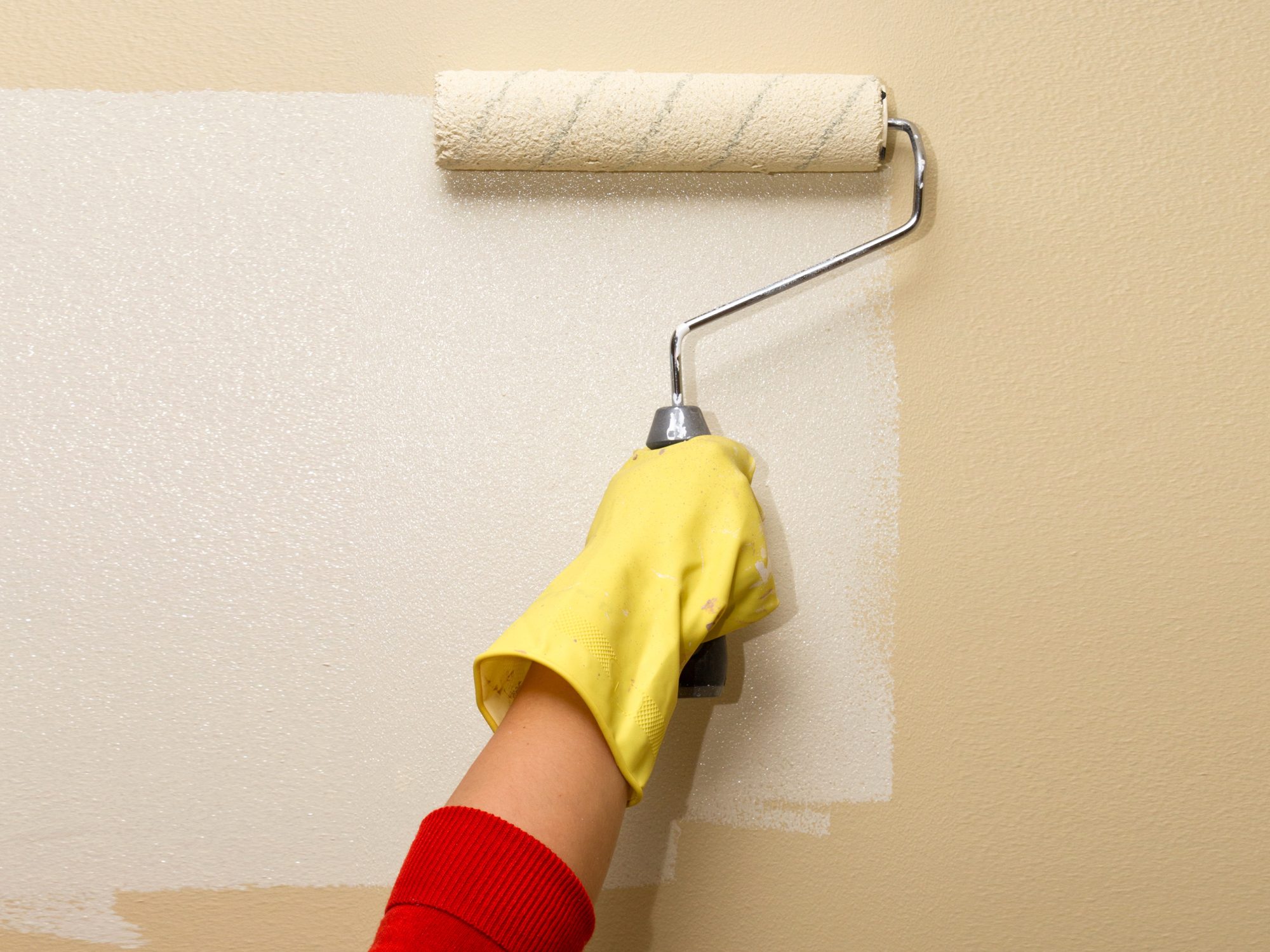
What are General Information About Paint Applications
A liquid or powder product that contains pigments that protect the surface and provide a decorative appearance or form a covering layer, applied to the surface in thin layers, is called "paint". Chemical substances contained in paints can be divided into 4 main groups: Binders, solvents, pigments and fillers, additives.
1- Binders: Chemical substances that give the paint protection, adhesion, hardness, flexibility, physical and chemical resistance properties.
2- Solvents: Chemical substances that make up the volatile part of the paint. They are used to provide fluidity during production and ease of application.
3- Pigments and extents (fillers): Gives the paint its color and provides coverage.
4- Additives: It is used to improve some of the properties of the paint and to prevent unwanted negative changes. For example, heaters, anti-settlers, thickeners, mold inhibitors, UV-resistant ones, etc.
Paint Types
It is possible to classify paints according to their usage areas or solvents.
According to the places of use:
1- Paints used in interior and wall surfaces.
2- Paints used on exterior and wall surfaces.
3- Paints used on wooden surfaces.
4- Paints used on metal surfaces.
According to their solvents:
1- Water based paints.
2- Solvent based paints. (synthetic based)
Interior Paints
All paints are named for the type of binders found in their structure. For example, the binder of acrylic-based paint is acrylic, while the binder of synthetic-based paint is alkyd.
In paints developed for interior wall surfaces, the choice should be made primarily according to the solvent of the paint. There are differences between water-based paints and synthetic-based paints in terms of their properties and performances. Although water-based paints have breathing properties, synthetic-based (satin, etc.) paints do not have this feature. However, water-based paints are much more resistant to the alkaline effect (with moisture) formed on the wall. Synthetic based paints have much higher wiping resistance than water based paints. However, there is a risk of yellowing of these types of paints. After the synthetic and water-based choice is made, the image preference will appear. This in water-based paints; matte and semi-matte, in synthetic-based paints, it appears as matte, semi-matte (satin) and glossy.
In water-based paints, those with a matte appearance are generally separated from each other as PVA-based, acrylic copolymer-based or acrylic-based.
Glossy synthetic paints, on the other hand, are not very common to be used on walls due to their excessive reflection of light. They are generally used on wooden doors, windows and metals with suitable primers. In order to achieve what is desired in all paints, the surface must be prepared for paint and a primer must be used.
Exterior Paints
Paints and coatings can be used on the exterior. The dyes leave a fine and rough texture while the coatings create a more grainy texture. There are three types of paints and coatings used on the exterior, water and solvent based and silicone. Silicone paints that are used on the exterior and are highly resistant to moisture are named in this way because their binders that allow them to adhere to the surface contain silicon.
Wooden Surfaces
Wood has many enemies. These are woodworms, fungi, and the sun. Protection of wood against these factors is possible with wood preservatives that contain poison effective against fungi and woodworms, but are harmless to human health. While these products protect the wood thanks to the poison in their structure, they prevent the wood from absorbing water thanks to the binder it contains.
How Should Quality Paint Be?
The properties sought in a quality paint can be listed as follows:
1- Covering. (covering, finishing work on 2 floors)
2- Easy to apply (good results with brush, roller or trowel) l Resistant to physical effects. (rubbing, scratching, rubbing, etc.)
3- Resistance to chemical effects (soap, oil, detergent, etc.) l Resistance to atmospheric conditions and special conditions. (cold, heat, rain, sun, etc.)
4-It is decorative. (color, gloss, opacity, etc.)
Paint Tips
If you are going to make the paint yourself, you have to follow the correct sequence to get a good result. The first stage is the preparation of the surface. If there are swollen paint and paste residues on the surface to be painted, you should definitely scrape it off and make the surface smooth. In order for the paint to bond to the surface and to be applied easily, you should remember that the surface must be solidified, free from all kinds of dirt, oil, dust and residues, dry and clean before priming. If necessary on the surface to be painted, a homogeneous image is provided with sandpaper after the surface correction processes (plaster, satin plaster, putty) are completed.
After the sanding dust is removed from the surface, the primer application is made in two layers. The material to be applied between two priming processes.
Related posts:
Fireplace ; It is an architectural structure that is generally used for heating and cooking, but today it is thought to add an aesthetic atmosphere to the space where it is located. The fireplace, which is one of the indispensable...
Curtains are one of the pieces that are left last during home decoration and purchased with the least thought. However, curtains, the most important element of decoration, are incredibly effective in determining the character of the space.
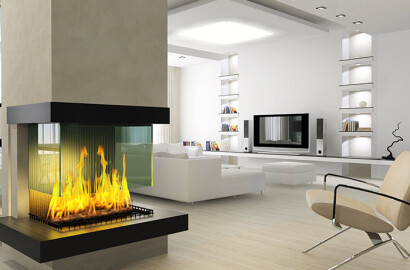
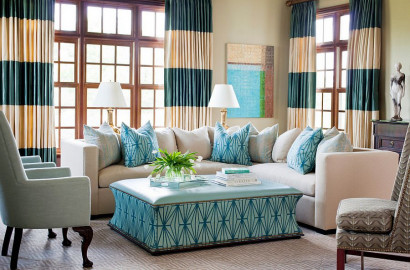
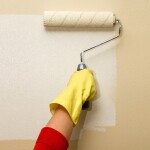 What are General Information About Paint Applications
What are General Information About Paint Applications
 Wind Power
Wind Power
 Solar Energy and Solar Panel
Solar Energy and Solar Panel
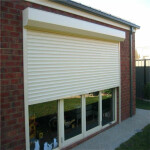 Automatic Shutter Systems
Automatic Shutter Systems
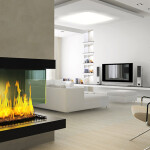 What are The Fireplace Systems
What are The Fireplace Systems
